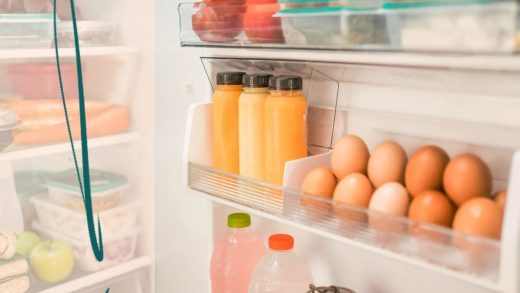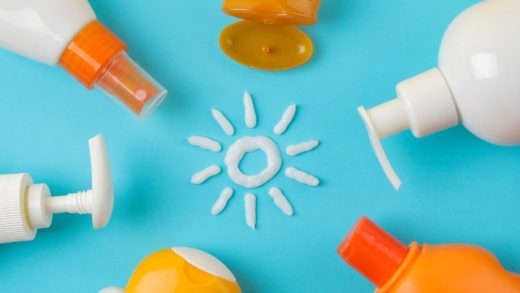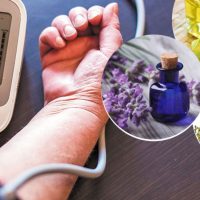Smiles that are bright and brilliant are frequently related to feelings of self-assurance and good health. There are a number of procedures that you can use at home to whiten your teeth, all of which are supported by dental knowledge. Professional dental treatments are effective for getting pearly whites, but there are also various methods that you can use at home. Taken directly from the recommendations of dentists, the following is an exhaustive guide that will teach you how to whiten your teeth at home.
Understanding the basics
Before we get into the treatments, it’s important to understand why teeth discolor in the first place. Several factors can cause teeth to stain or discolor, such as:
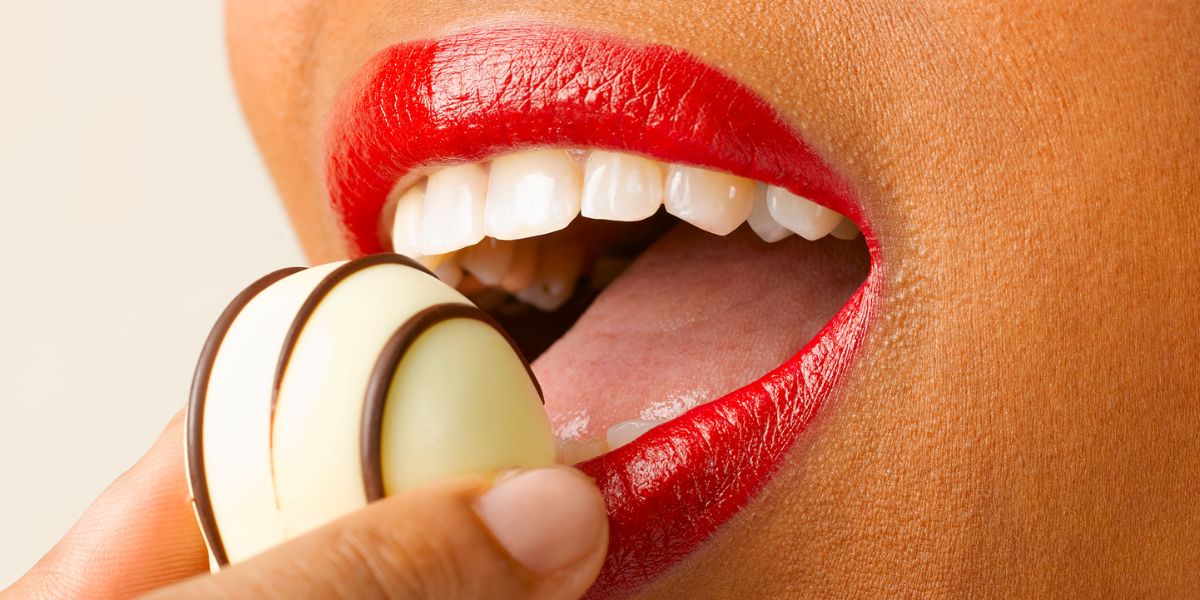
Food and Beverages: The pigments known as chromogens are found in dark-colored meals and beverages. These pigments have the ability to stick to the enamel, which is the outermost layer of the tooth, and cause staining over time. Because of the high chromogen content, beverages such as coffee and tea, for instance, are infamous for their ability to leave noticeable stains. Furthermore, enamel can be eroded by very acidic meals and beverages, which further increases the likelihood that it will get stained.
In addition, red wine is a culprit since it includes chromogens and tannins, both of which have the ability to enhance staining. In a similar vein, many foods, such as berries, contain colors that are so vivid that they can adhere to enamel and be responsible for discoloration.
Use of Tobacco: Tar and nicotine, both of which are highly adhesive and have the ability to quickly permeate the pores of enamel, are both the components that are found in tobacco. Not only can chewing tobacco or smoking tobacco cause discoloration of the teeth, but it also dramatically raises the chance of developing gum disease and oral cancer. In many instances, the removal of tobacco stains is not only difficult but also tough to achieve, necessitating the assistance of a specialist.
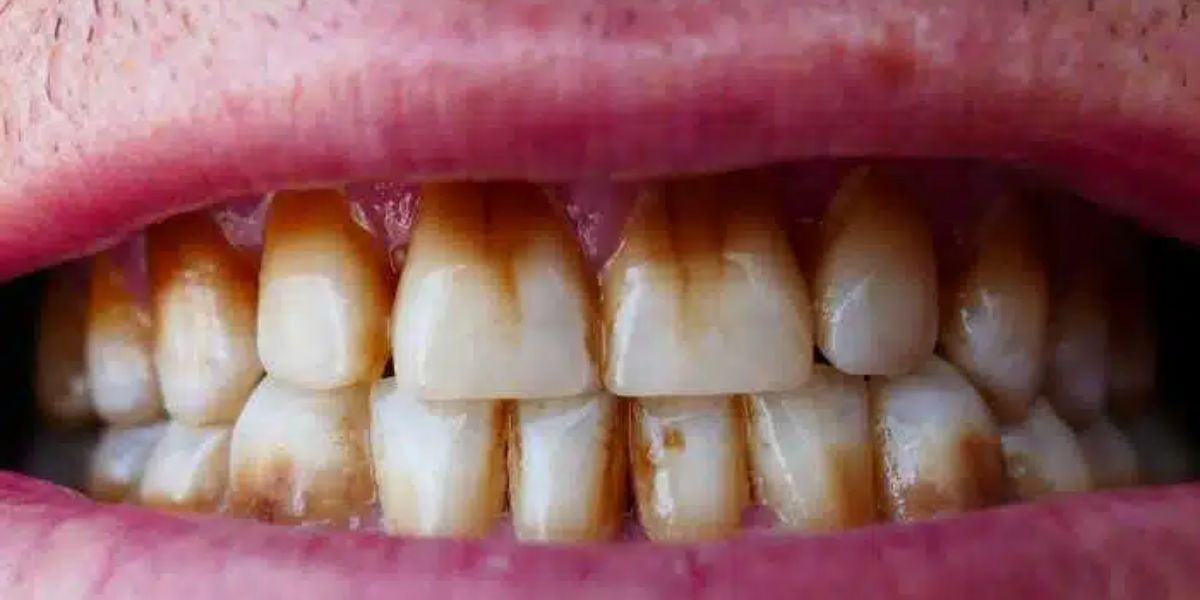
Inadequate oral hygiene: Plaque and tartar can collect on the surfaces of teeth if brushing and flossing are not performed regularly enough. A sticky film of bacteria that grows on teeth and creates acids that can erode enamel and cause discoloration is called plaque. Plaque can also cause discoloration. Plaque, if left untreated, will eventually solidify into tartar, which is even more difficult to remove and can lead to the yellowing or darkening of teeth.
Aging: Dentin is a yellowish substance that makes up the majority of the tooth, and as we age, the outer coating of enamel gradually falls away due to regular wear and tear. This reveals the dentin that lies beneath the enamel. Furthermore, the cumulative impact of eating choices, dental hygiene practices, and environmental factors can contribute to the discoloration of teeth and worsen enamel degradation over the course of time.
Medication: When used during childhood, certain drugs, particularly those that contain tetracycline, have the potential to introduce an intrinsic stain into the teeth. A discoloration that can range from yellow to gray to brown is caused by tetracycline’s ability to bind to calcium ions in teeth that are still forming.
Extrinsic staining can be caused by other medications, such as antihistamines, antipsychotics, and prescriptions for high blood pressure. These medications can produce extrinsic staining whether they modify the composition of saliva or promote dry mouth, which in turn increases the likelihood of plaque buildup and tooth discoloration.
Home Remedies Recommended by Dentists
When it comes to taking preventative measures and selecting appropriate whitening procedures that are adapted to individual needs and circumstances, having a thorough understanding of these elements is quite necessary. By addressing the underlying reasons for teeth discoloration and adopting proper oral hygiene practices, it is possible to keep a smile that is bright and healthy for many years to come.
Baking Soda and Hydrogen Peroxide:
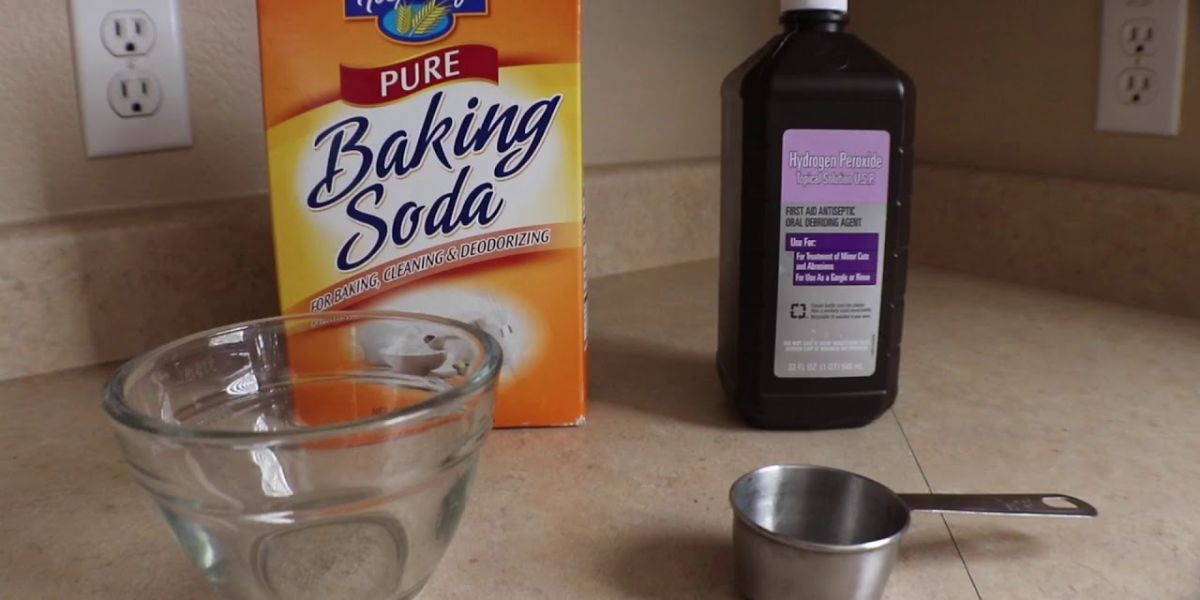
Baking soda, which is sometimes referred to as sodium bicarbonate, is a mild abrasive that can assist in the removal of surface stains on teeth without causing major harm to the enamel. On the other hand, hydrogen peroxide is a bleaching chemical that is rather frequently found in mouthwashes and kinds of toothpaste that are designed to whiten teeth. The addition of these two components results in the formation of a paste that has the ability to successfully whiten teeth.
One of the most common recommendations made by dentists is to combine a tiny amount of baking soda with hydrogen peroxide to create a paste. This paste can then be used as a mild abrasive to brush teeth for a couple of minutes.
The use of this approach, on the other hand, should be limited in order to prevent enamel erosion and tooth sensitivity, which can be caused by excessive use of the method. Additionally, persons who have sensitive teeth should exercise caution while using whitening procedures that are based on hydrogen peroxide.
Oil Pulling:
To eliminate bacteria, dirt, and poisons from the mouth, oil pulling is an old method that has its origins in Ayurvedic medicine. This practice includes swishing oil in the mouth in order to remove these substances. In order to achieve the best results from oil pulling, dentists recommend using coconut oil because of its antibacterial characteristics and its pleasant flavor. Lauric acid, which is found in coconut oil, has been demonstrated to enhance oral health by reducing the number of dangerous bacteria that are present in the mouth.
Taking a tablespoon of coconut oil and swishing it around in your mouth for fifteen to twenty minutes is all that is required to perform the practice of oil pulling. During this time, you should be sure to pull the oil through your teeth and around your gums.
The next step is to spit out the oil and then properly rinse your mouth with water. The practice of oil pulling, when implemented into a daily dental hygiene routine, has the ability to minimize the accumulation of plaque, improve breath quality, and possibly whiten teeth over time.

Fruits and Vegetables:
Certain fruits and vegetables have the ability to boost oral health and whiten teeth in a natural way. Apples, carrots, and celery are examples of fruits and vegetables that have a crisp and crunchy texture. These serve as natural abrasives, removing surface stains in a gentle manner while simultaneously promoting saliva production. By neutralizing acids, washing away food particles, and remineralizing enamel, saliva is an essential component in the process of preserving oral health.
In addition, the high water content of fruits and vegetables helps to hydrate the mouth and neutralize the acids that are created by bacteria, which in turn reduces the risk of dental decay and enamel erosion. The consumption of these crunchy snacks can help you achieve a more radiant and healthier smile, in addition to supplying you with the important vitamins, minerals, and antioxidants that are necessary for your overall health and wellness.
Avoid Stain-Causing Foods and Beverages:
Stain-causing foods and beverages should be avoided at all costs. When it comes to keeping a white smile at home, prevention is the most important factor. Some foods and beverages that are known to cause staining, such as coffee, tea, red wine, and dark-colored berries, should be consumed in moderation, according to the recommendations of dentists. In addition, these materials include pigments known as chromogens, which have the ability to cling to enamel and produce discoloration over time.
If you do consume foods or beverages that are known to cause stains, it is recommended by dentists that you rinse your mouth with water afterward. This will make it easier to remove any residue and reduce the likelihood of staining. In addition, drinking beverages such as coffee or tea using a straw can help limit the amount of contact that occurs between the beverage and the teeth, which further reduces the likelihood of discoloration.
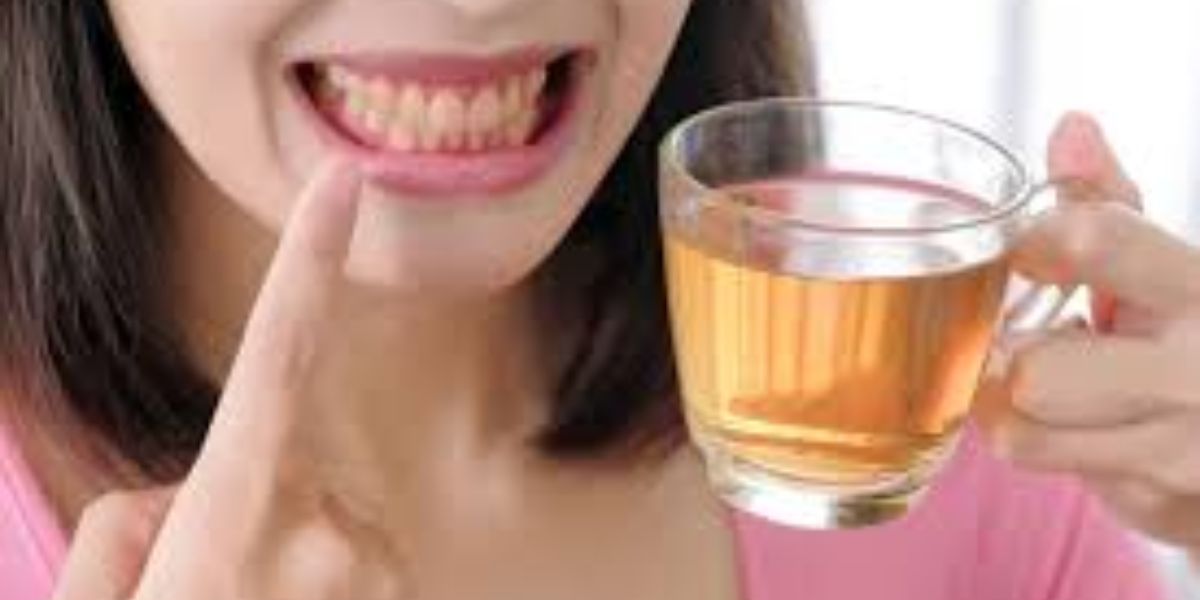
Activated Charcoal:
Because of its absorbent capabilities, activated charcoal has become more popular as a natural cure for the purpose of teeth whitening. What it does is that it binds to the toxins and stains that are on the teeth, which then lifts them away and leaves behind a smile that is cleaner and brighter. The use of activated charcoal in the form of a paste or powder is recommended by dentists. This type of charcoal can be put to the teeth and kept on for a few minutes before being completely rinsed off again.
However, it is vital to use activated charcoal with caution because its use can lead to enamel erosion and dental sensitivity if it is excessive or abrasive. Additionally, persons who have dental restorations such as crowns or veneers should visit their dentist before using activated charcoal because it has the potential to cause discoloration or damage to these materials.
Safety Precautions
- Consult your dentist: Before beginning any at-home whitening treatment, consult with your dentist, particularly if you have underlying dental concerns or sensitivity.
- Use products as directed: Follow the instructions carefully while using whitening products to minimize enamel damage and tooth sensitivity.
- Be patient: At-home whitening procedures may take some time to show results, so be patient and stick to your schedule.
- Monitor for Sensitivity: If you develop tooth sensitivity or gum inflammation when whitening your teeth at home, stop using it and see your dentist.
Getting Whiter Teeth for Sensitive Teeth
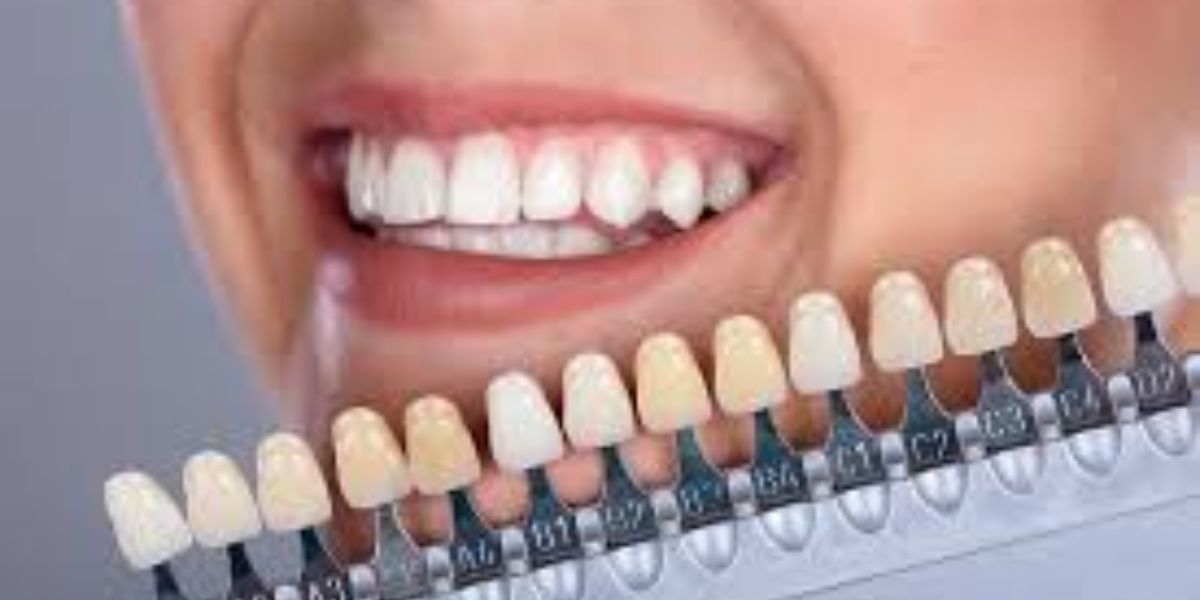
Sensitivity is the bad impact of dental whitening that occurs the most frequently throughout time. The duration of treatment, the intensity of the bleaching agent, and the chemical composition of the bleaching agent are all influences.
Further research on the prevention of sensitivity in tooth whitening is required, according to the American Dental Association (ADA). It is important that you inquire about sensitivity while you are speaking with the dental practitioner who is treating you. You can ask your dentist for recommendations on any pre- or post-whitening treatments that they have used in the past and found to be effective for their patients. To strengthen your enamel, for instance, they might suggest that you use a desensitizing agent or undergo a fluoride treatment and treatment.
Prioritize the treatment of oral health issues. Additionally, dental sensitivity can be caused by tooth decay, damaged teeth, or exposed roots at the gums. Whitening agents have the potential to make the condition even more severe. You should visit a dentist for treatment if you have any symptoms of gum disease or cavities before you attempt to use whitening solutions that you can use at home.
Using Braces to Whiten Your Teeth or Teeth
Having a smile that is as white as a pearl is not impossible, especially if you are wearing braces. You may find that certain approaches are more effective than others, depending on the type of braces you have. This is because traditional braces with brackets might make it more challenging to use certain whitening treatments. Instead, you might want to think about trying:
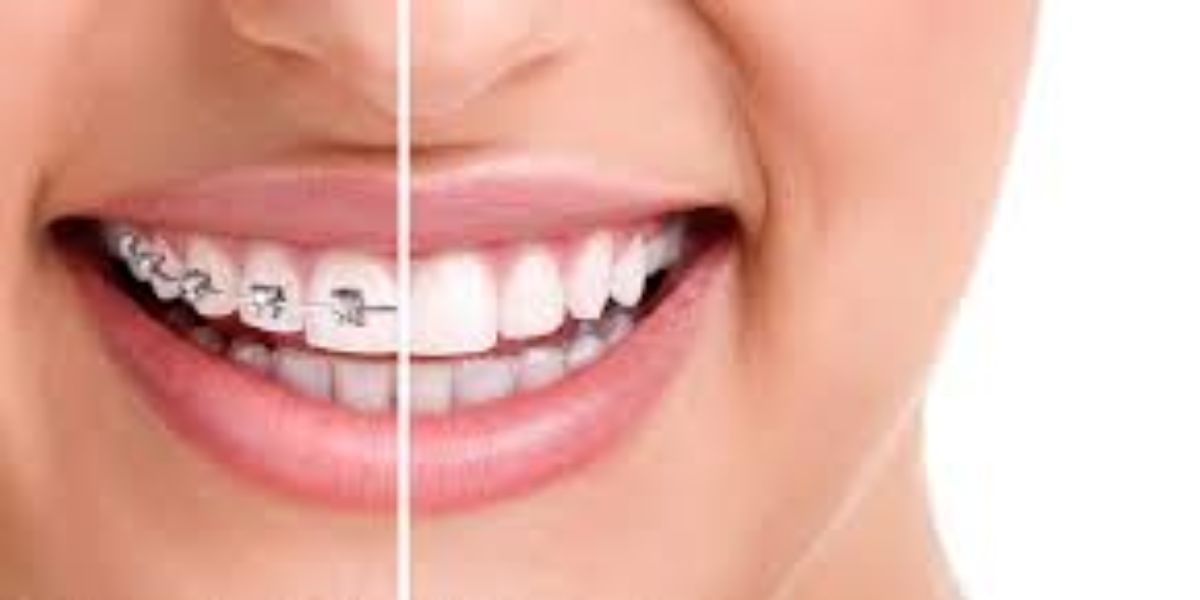
The use of whitening toothpastes that are effective in removing discoloration and spots from teeth
Oral rinses that are supposed to make teeth whiter
While this is going on, whitening trays, which may be personalized and lock gel onto the teeth to minimize bacteria, might be a viable alternative for people who have removable aligners or lingual braces.
Have a further conversation with your dentist if these approaches prove to be challenging or if they cause sensitivity to your teeth or gums. They might be able to recommend a method that is more tailored to your specific needs and can suit your braces.
Conclusion
Getting a brighter smile at home is feasible with the correct techniques and tools, all of which are recommended by dentists. Maintaining proper oral hygiene, employing moderate whitening treatments, and avoiding stain-causing foods and beverages will help you whiten your teeth and improve the appearance of your smile. Prioritizing dental health and consulting with your dentist before beginning any whitening routine is critical to ensuring safety and effectiveness. With dedication and proper care, you may achieve the smile of your dreams from the comfort of your home.


